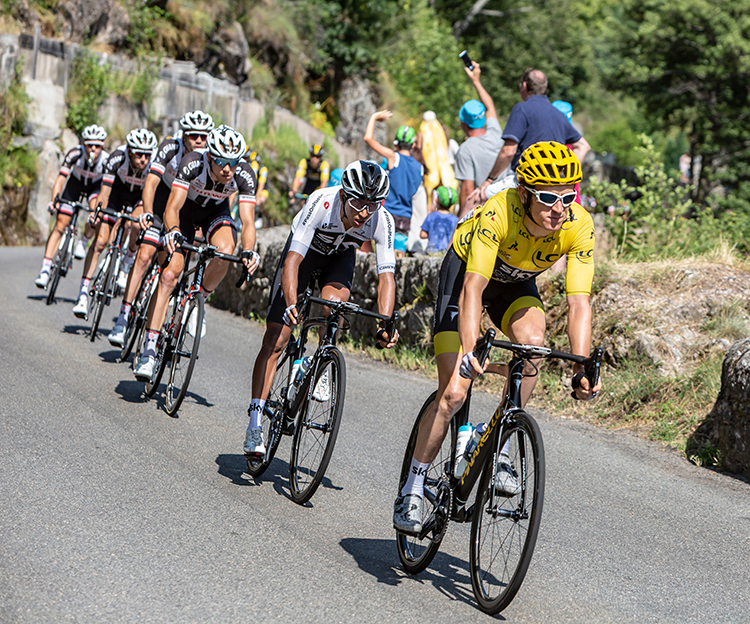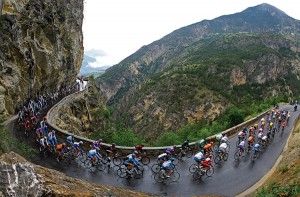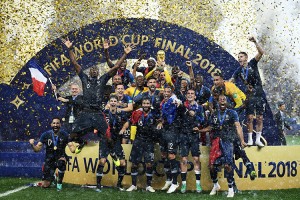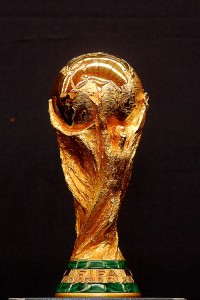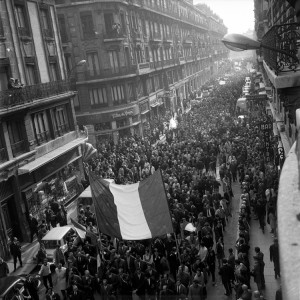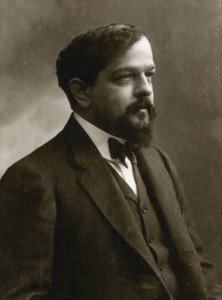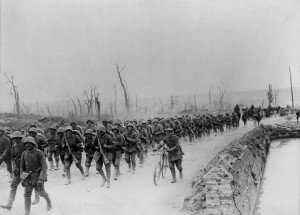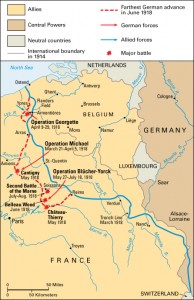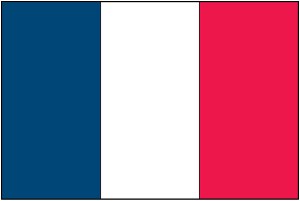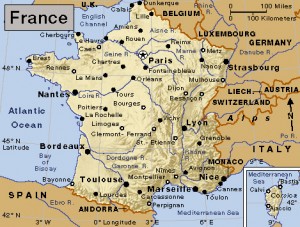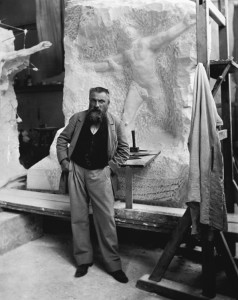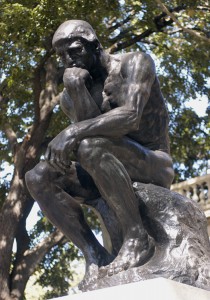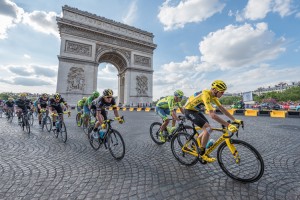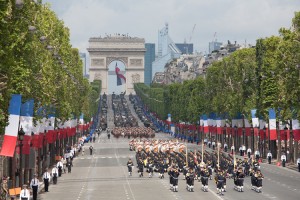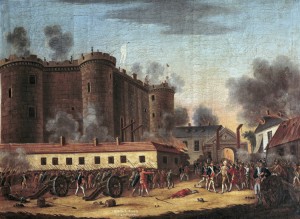The End of the Spanish Armada
Wednesday, August 8th, 2018August 8, 2018
On Aug. 8, 1588, 430 years ago today, the British Navy defeated the Spanish Armada in the Battle of Gravelines off the coast of France. The Spanish Armada was a powerful fleet of armed ships and transports that tried to invade England. The defeat at Gravelines ended Spain’s hopes of invasion. The failure of the Armada was a great blow to the prestige of Spain, then the world’s most powerful country. Spain remained a major power after the battle, but English merchants and sailors challenged the Spaniards with greater confidence throughout the world.
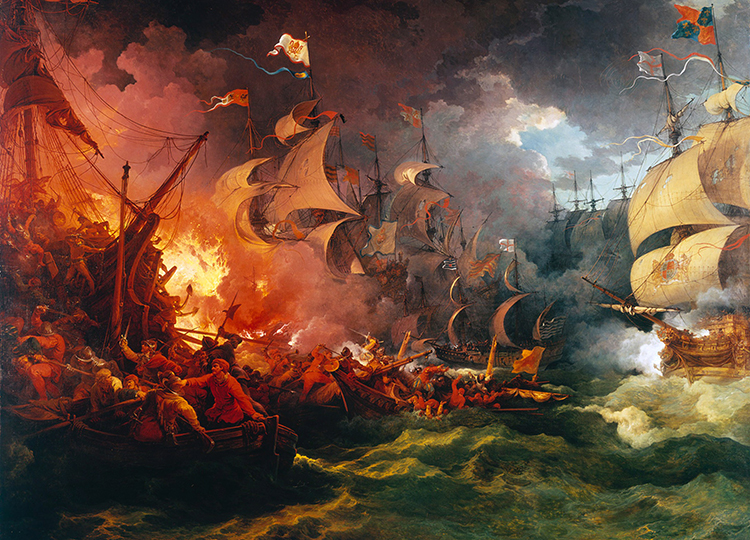
British warships defeated the Spanish Armada in the Battle of Gravelines 430 years ago on Aug. 8, 1588. Credit: Defeat of the Spanish Armada, 8 August 1588 (1796), oil on canvas by Philip James de Loutherbourg; National Maritime Museum
Bad feeling between Spain and England had existed since the 1560′s. Spain was taking gold and silver from lands it had claimed in the Americas, and England wanted some of this wealth. Queen Elizabeth I encouraged Francis Drake and other English seamen to raid Spanish ships and towns, even though the countries were not at war.
Religious differences also caused conflict between the two nations. Spain was a Roman Catholic country, and most of England was Protestant. In the 1560′s, the English began to aid Dutch Protestants rebelling against Spanish rule in the Netherlands. In the early 1580′s, King Philip II of Spain started planning to send a fleet and army to invade England. He hoped to negate English help for the Dutch, end the English raids on Spanish shipping, and make England a Catholic country.
Philip began to assemble the Armada in January 1586. Spain built many new warships and armed its existing ones more heavily. It also rented many foreign ships. In 1587, the British raided the important Spanish harbor of Cadiz and destroyed about 30 ships. Work continued on the Armada however, and the fleet was brought together in May 1588 at the Portuguese port of Lisbon, which at that time was ruled by Spain. The fleet had about 130 ships and more than 29,000 men, most of them soldiers. Some of the ships lacked guns and experienced gunners; others carried no weapons at all, serving only as troop and supply transports. Philip named the Duke of Medina Sidonia to command the Spanish Armada. The duke was an experienced military planner but an inexperienced seaman.
As Spain planned for invasion, England prepared to defeat the Armada at sea. The British Navy armed many merchant vessels and added them to its fleet of warships. They gathered some 200 ships and nearly 16,000 men, most of them sailors rather than soldiers. Admiral Lord Howard of Effingham commanded the fleet, and his squadron leaders included the notable sailors Drake, John Hawkins, and Martin Frobisher.
The Armada left Lisbon on May 30, 1588. It entered the English Channel on July 30 and fought long-range gun duels with English warships during the next few days. On August 6, the Armada anchored at Calais, France. Medina Sidonia had planned to meet barges carrying Spanish troops from nearby Dunkerque, a port then in the Netherlands. But Dutch gunboats prevented the barges from meeting the Armada. This act doomed the Armada to failure.
In the early hours of August 8, the English sent eight fire ships (vessels filled with gunpowder and set on fire) toward the Armada. The Spanish ships sailed out to sea to escape the flames. Later that morning, about 60 English ships attacked an equal number of Spanish ships off the French port of Gravelines. The English sank several Spanish ships and damaged others.
The crippled Armada fled to the North Sea. It returned to Spain by sailing north around the islands of Great Britain and Ireland. High winds wrecked many ships off Ireland’s coast, and only about two-thirds of the fleet safely returned to Spain.

